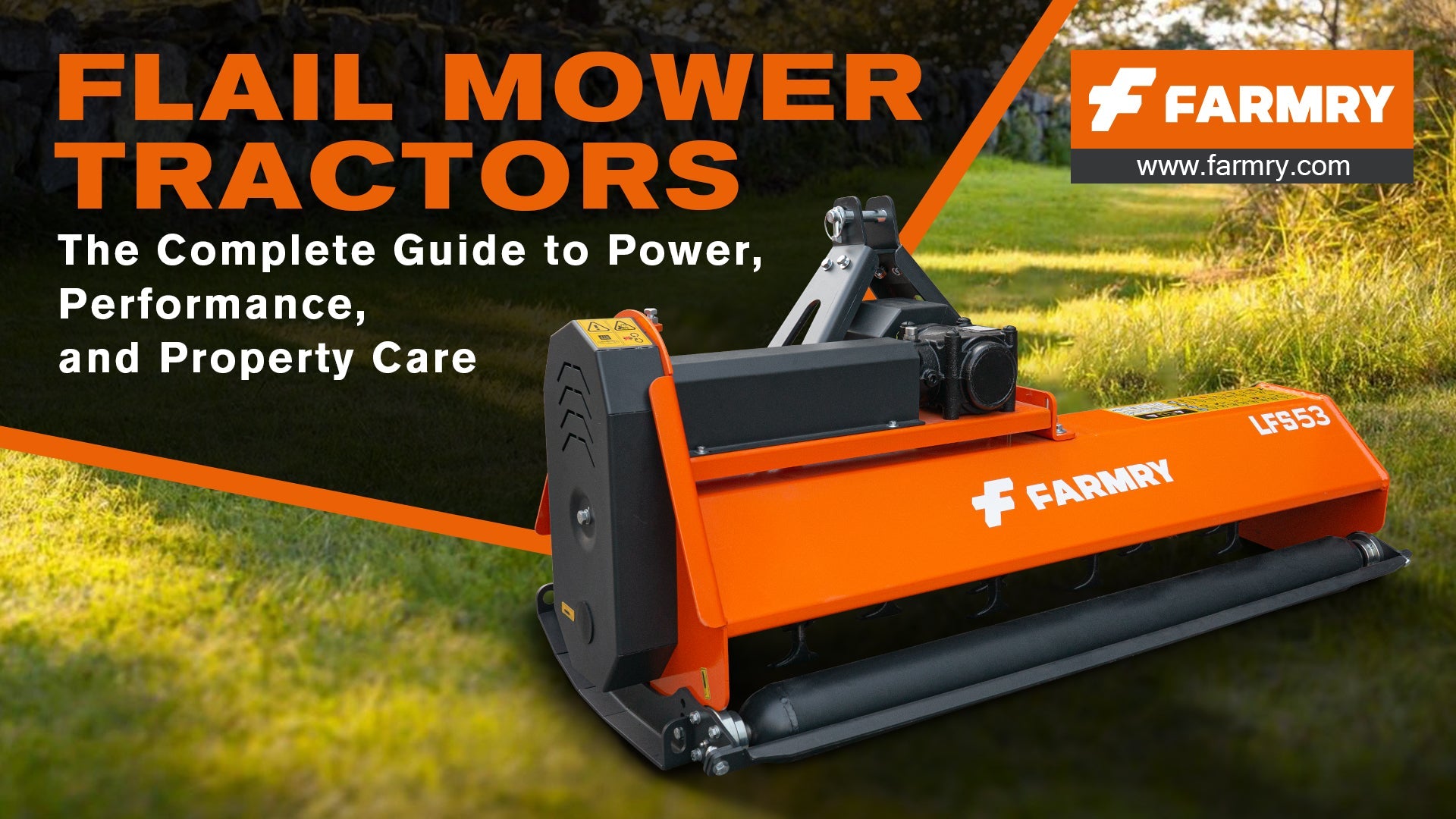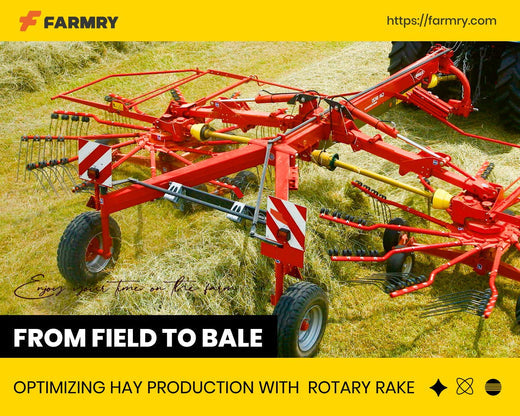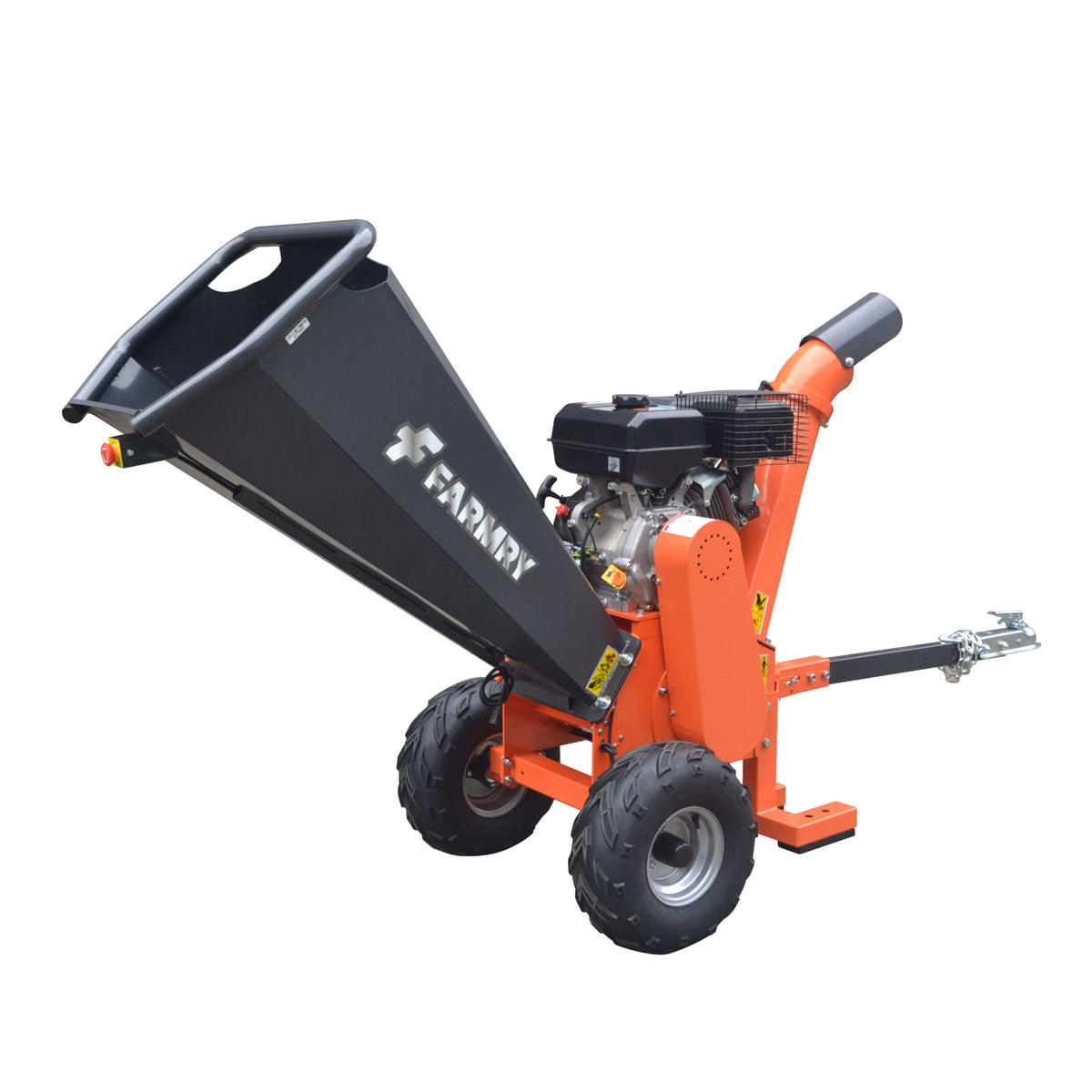How to Remove a Tree Stump with a Tractor: The Complete Guide for Landowners
 Removing a tree stump is one of the most common challenges faced by farmers, homeowners, and property managers. Whether it’s one tree in your backyard or a cluster of small trees in a pasture, stumps can quickly turn from a minor annoyance into a major obstacle. They get in the way of mowing, trip up equipment, dull your blades, and prevent you from using your land efficiently.
Removing a tree stump is one of the most common challenges faced by farmers, homeowners, and property managers. Whether it’s one tree in your backyard or a cluster of small trees in a pasture, stumps can quickly turn from a minor annoyance into a major obstacle. They get in the way of mowing, trip up equipment, dull your blades, and prevent you from using your land efficiently.
For many landowners, the question becomes clear: what’s the best way to remove stumps? Should you rent an excavator, hire a crew, or use the equipment you already own? If you’ve got a tractor on your property, you’re in luck — with the right attachments and some careful planning, stump removal can be a straightforward job.
In this article, we’ll cover step-by-step instructions on how to remove a tree stump with a tractor, explore different methods, weigh the pros and cons, and give you pro tips to protect your property and equipment along the way.
Why Tree Stump Removal Matters
Leaving a tree stump behind may seem harmless, but in reality, it creates more mess and hassle than most expect:
-
Mowing problems: You can’t safely mow over a stump, and hitting it with a mower can bend your blade.
-
Regrowth: Many species, including pine, will send up suckers from the roots, creating new shoots.
-
Pests: Decaying wood attracts termites, ants, and fungi.
-
Aesthetic issues: A stump sticks out at ground level, making your lawn or pasture look unfinished.
-
Equipment hazards: Tractors, loaders, and backhoes can all be damaged by hidden roots or when a tire rolls over a stump.
Eventually, most property owners realize that stump removal is not optional — it’s a necessary step in completing land clearing.
Tools and Equipment You’ll Need
Before proceeding, gather the right tools to make the job safer and faster. Depending on the diameter and condition of the stump, you may not need everything, but here are common tools:
-
Tractor with a loader, backhoe, or bucket attachment.
-
Stump grinder attachment (optional but effective).
-
Chainsaw or sawzall to cut the log flush with the ground.
-
Chain or heavy-duty strap for pulling.
-
Shovel, hoe, or axe for exposing major roots.
-
Ripper or FEL (front-end loader) for loosening soil and dirt.
-
Safety gear: gloves, steel-toe boots, and eye protection.
If you don’t already own these attachments, you can hire or rent them. Many guys will tell you on forums that investing in a good back hoe or stump grinder is money well spent if you’ve got multiple stumps to clear.
Step-by-Step: How to Remove a Tree Stump with a Tractor
1. Assess the Stump
Look at the diameter, species, and condition. A pine stump in wet clay is easier to pull than a decades-old oak with a wide root system. Decide whether you’ll tackle it with a bucket and chain, or if you’ll need a stump grinder.
2. Cut the Stump Low
Use a chainsaw or sawzall to cut the stump close to ground level. This makes it easier to attach chains and reduces leverage against your tractor.
3. Dig Around the Base
With your shovel or hoe, start clearing soil from around the stump to expose major roots. The more you uncover, the easier it is to cut them with an axe or saw. If your tractor has a backhoe or bh attachment, use the bucket to dug around the perimeter.
4. Cut or Break Roots
Cut through as many connected roots as possible. Some owners will burn out roots, but cutting is usually faster. For stubborn ones, a ripper or fel tooth bar helps break them.
5. Attach the Chain
Wrap a chain or heavy strap securely around the base of the stump. Make sure it’s tight and protect your tractor from snapping hazards by standing clear when pulling.
6. Pull and Lift
With your tractor loader or drawbar, slowly apply pressure to pull the stump. Sometimes you’ll need to lift and drag it back and forth to loosen. Alternate between pushing with the bucket and pulling until it starts to shift.
7. Roll and Remove
Once loosened, use the tractor to roll the stump out of the holes you’ve dug. Continue working the dirt until the stump can be moved to the edge of your property or pasture.
8. Fill and Level
Backfill the hole with soil, spread with the loader, and compact to restore the surface. This prevents dips and makes it safe to mow.
Alternative: Using a Stump Grinder
A stump grinder is often the best way to handle stubborn stumps. With the right attachments connected to your tractor, you can grind the stump down below ground level. This eliminates the job of pulling and avoids damaging your machine.
However, grinders are not cheap, and many landowners bet that a backhoe or bucket setup will suffice. Renting a grinder may be a smart compromise if you’ve only got a few stumps.
Common Problems and How to Solve Them
-
Clay or Wet Soil: Stumps in wet stuff or clay can suction to the ground, making them harder to pull. Keep working the bucket until they break free.
-
Big Roots: Cutting major roots with an axe or chainsaw saves strain on your tractor.
-
Winter Jobs: Frozen soil makes digging nearly impossible. Wait for warmer days or use an excavator.
-
One Big Stump vs Many Small Trees: Removing one tree with a large diameter stump may require different tactics than clearing several smaller stumps.
-
Protecting Property: Always watch for buried utilities before digging or pulling.
Safety Tips for Stump Removal
-
Never stand in the middle of a chain pull; if the chain snaps, it can be deadly.
-
Use rated attachments designed for your tractor.
-
Don’t overload your machine — if your JD compact tractor struggles, consider renting bigger equipment.
-
Take pics of your setup so you remember what worked and what didn’t for future jobs.
-
Always keep bystanders and pets away while pulling or grinding.
Final Thoughts
Learning how to remove a tree stump with a tractor is a valuable skill for any landowner. Whether you use a backhoe, stump grinder, or just a chain and bucket, the key is to work patiently, protect your equipment, and plan for what comes after the stump is gone.
From exposing roots with a shovel to dragging the stump with a loader, every step matters. The best way depends on your setup, soil type, and number of stumps — but with persistence, you’ll eventually get the job done.
And remember: every stump you clear bring






